The future of outsourcing
What will the partnerships of the future look like? Mark Samuels considers the options.


The nature of outsourcing has changed and modern CIOs demand different types of relationship with their external partners. Rather than simply working with one or two major suppliers, IT leaders in search of best value now work with a broad range of external providers across a series of contract types.
External service provision used to be characterised by CIOs using a trusted partner as part of a mega-deal. Technology chiefs passing the management of non-core IT services to a single provider typified such contracts. But big outsourcing deals are becoming rare indeed. The recently released European ISG Outsourcing Index confirmed the continued demise of the mega-deal.
Modern service provision, therefore, is best viewed as a complex collection of contract terms that helps executives manage an ever-expanding range of business concerns.
There were just 11 deals with an annual contract value of more than 32 million in the second quarter of 2013. That relatively small number of mega-deals represented the weakest performance for providers since the third quarter of 2010. The change in outsourcing, however, cannot simply be characterised by a reduction in the total number of big deals.
Rather than focusing on large-scale IT outsourcing contracts, C-suite executives are now using external service specialists to cover a broad range of business demands. The ISG Index shows how business process outsourcing in Europe continues to flourish, with a 22 per cent year-on-year rise during the second quarter of 2013 that helped create a total annual contract value of 700 million.
The cloud is also providing another key route to external service specialism, with executives using the inherent flexibility offered through on-demand provision. Researcher IDC predicts the cloud will account for $1 of every $5 spent on software by 2016.
Modern service provision, therefore, is best viewed as a complex collection of contract terms that helps executives manage an ever-expanding range of business concerns.
So, how can CIOs successfully manage a patchwork of providers to create benefits for the rest of the organisation? ISG director Andrew Walker, whose firm compiles the aforementioned Outsourcing Index, confirms organisations are increasingly breaking up their IT contracts and using multiple service providers, whether internal or external.
Get the ITPro daily newsletter
Sign up today and you will receive a free copy of our Future Focus 2025 report - the leading guidance on AI, cybersecurity and other IT challenges as per 700+ senior executives
He says the main driver behind the trend is to allow businesses to maximise their performance by tapping into the expertise offered by specialist providers, rather than working with one specific supplier. "This approach can both increase the standard of outputs and have significant cost benefits," says Walker.
"Along with the on-going decline in contract durations, [it] goes some way to explain the decline in mega-deals seen during the past five years."

Mark Samuels is a freelance writer specializing in business and technology. For the past two decades, he has produced extensive work on subjects such as the adoption of technology by C-suite executives.
At ITPro, Mark has provided long-form content on C-suite strategy, particularly relating to chief information officers (CIOs), as well as digital transformation case studies, and explainers on cloud computing architecture.
Mark has written for publications including Computing, The Guardian, ZDNet, TechRepublic, Times Higher Education, and CIONET.
Before his career in journalism, Mark achieved a BA in geography and MSc in World Space Economy at the University of Birmingham, as well as a PhD in economic geography at the University of Sheffield.
-
 Should AI PCs be part of your next hardware refresh?
Should AI PCs be part of your next hardware refresh?AI PCs are fast becoming a business staple and a surefire way to future-proof your business
By Bobby Hellard
-
 Westcon-Comstor and Vectra AI launch brace of new channel initiatives
Westcon-Comstor and Vectra AI launch brace of new channel initiativesNews Westcon-Comstor and Vectra AI have announced the launch of two new channel growth initiatives focused on the managed security service provider (MSSP) space and AWS Marketplace.
By Daniel Todd
-
 Magic quadrant for finance and accounting business process outsourcing 2024
Magic quadrant for finance and accounting business process outsourcing 2024whitepaper Evaluate BPO providers’ ability to reduce costs
By ITPro
-
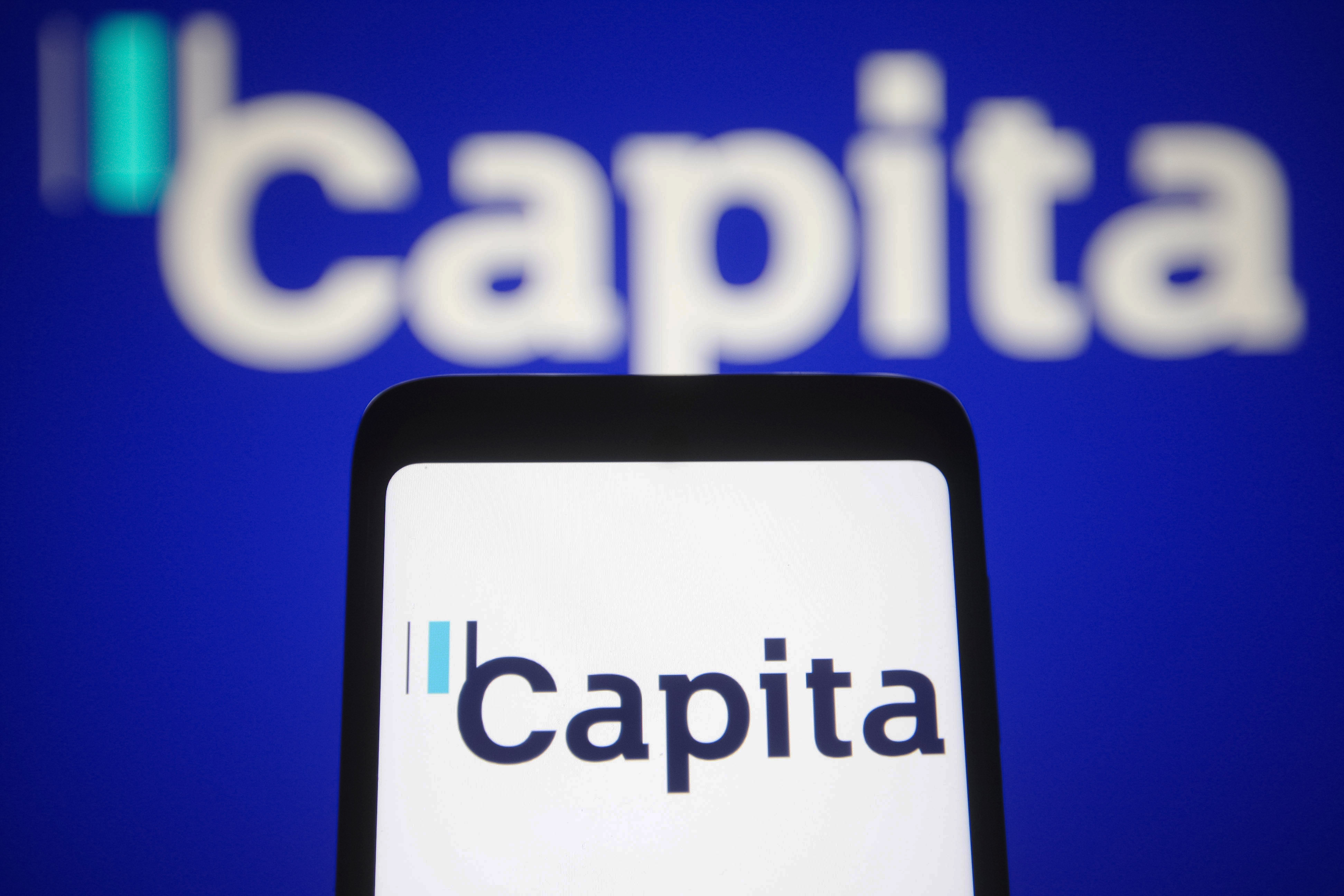 Capita CEO to be replaced by AWS exec
Capita CEO to be replaced by AWS execNews Jon Lewis is leaving Capita after more than five years
By Richard Speed
-
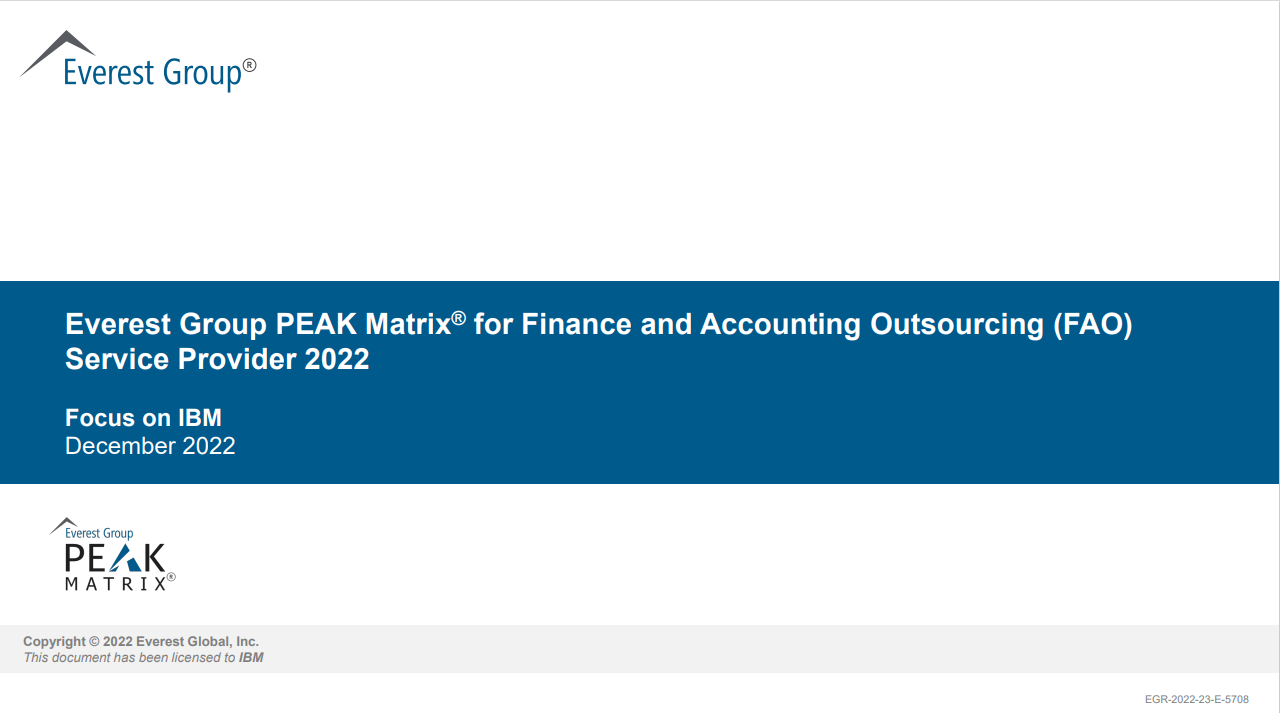 Everest Group PEAK Matrix® for Finance and Accounting Outsourcing (FAO) service providers 2022
Everest Group PEAK Matrix® for Finance and Accounting Outsourcing (FAO) service providers 2022Whitepaper Understanding and assessing FAO service providers based on their vision & capabilities and impact on the FAO market
By ITPro
-
 Botched IT upgrade inadvertently cuts pay for Next employees
Botched IT upgrade inadvertently cuts pay for Next employeesNews Salary issues have dogged the retailer since February after it outsourced payroll to Oracle
By Bobby Hellard
-
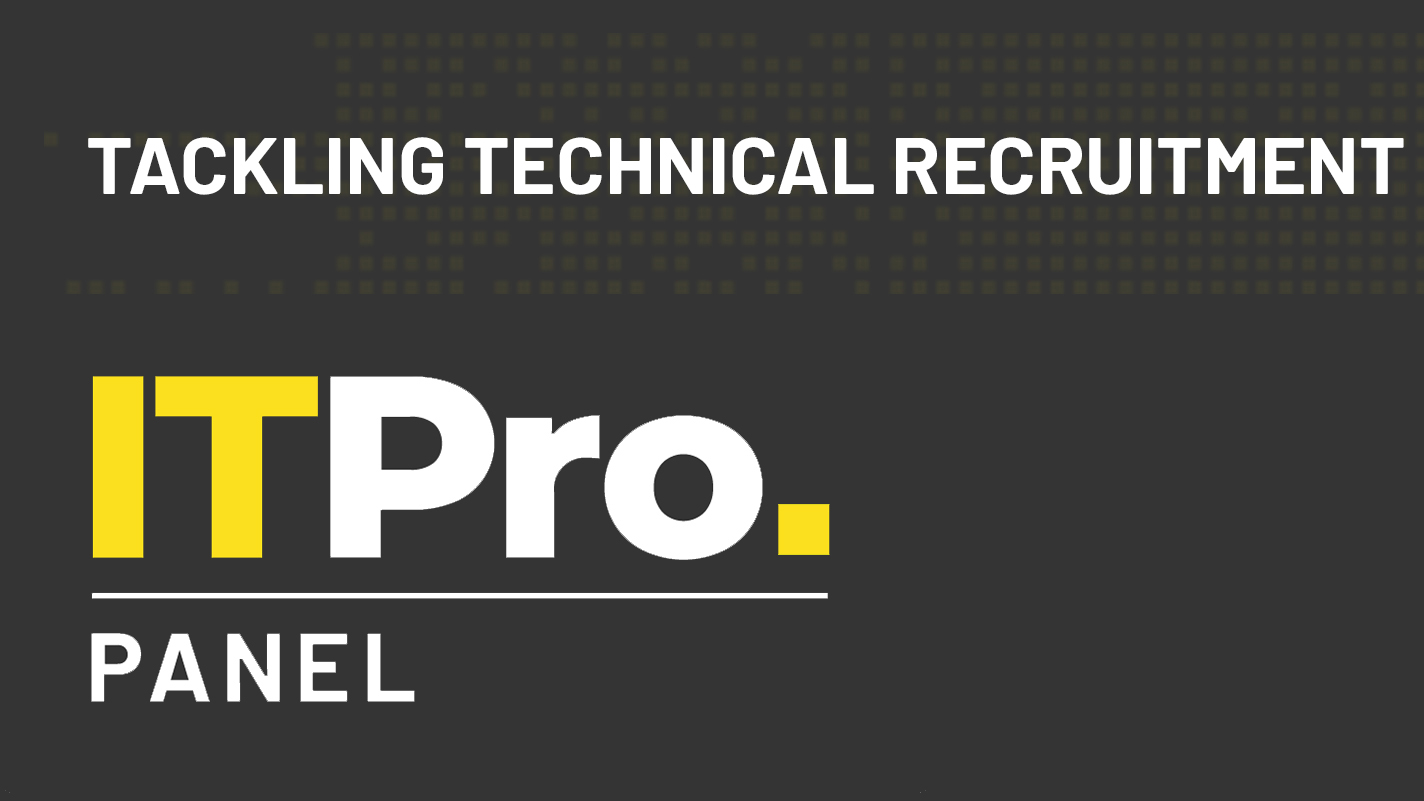 IT Pro Panel: Tackling technical recruitment
IT Pro Panel: Tackling technical recruitmentIT Pro Panel With the recruitment market shifting, how can businesses both retain their best staff and fill gaping talent shortages?
By Adam Shepherd
-
 HCL Technologies accused of underpaying H-1B workers by $95 million per year
HCL Technologies accused of underpaying H-1B workers by $95 million per yearNews Report claims the Indian IT outsourcing firm has committed wage theft and called on the federal government to curb abuses of the visa programme
By Zach Marzouk
-
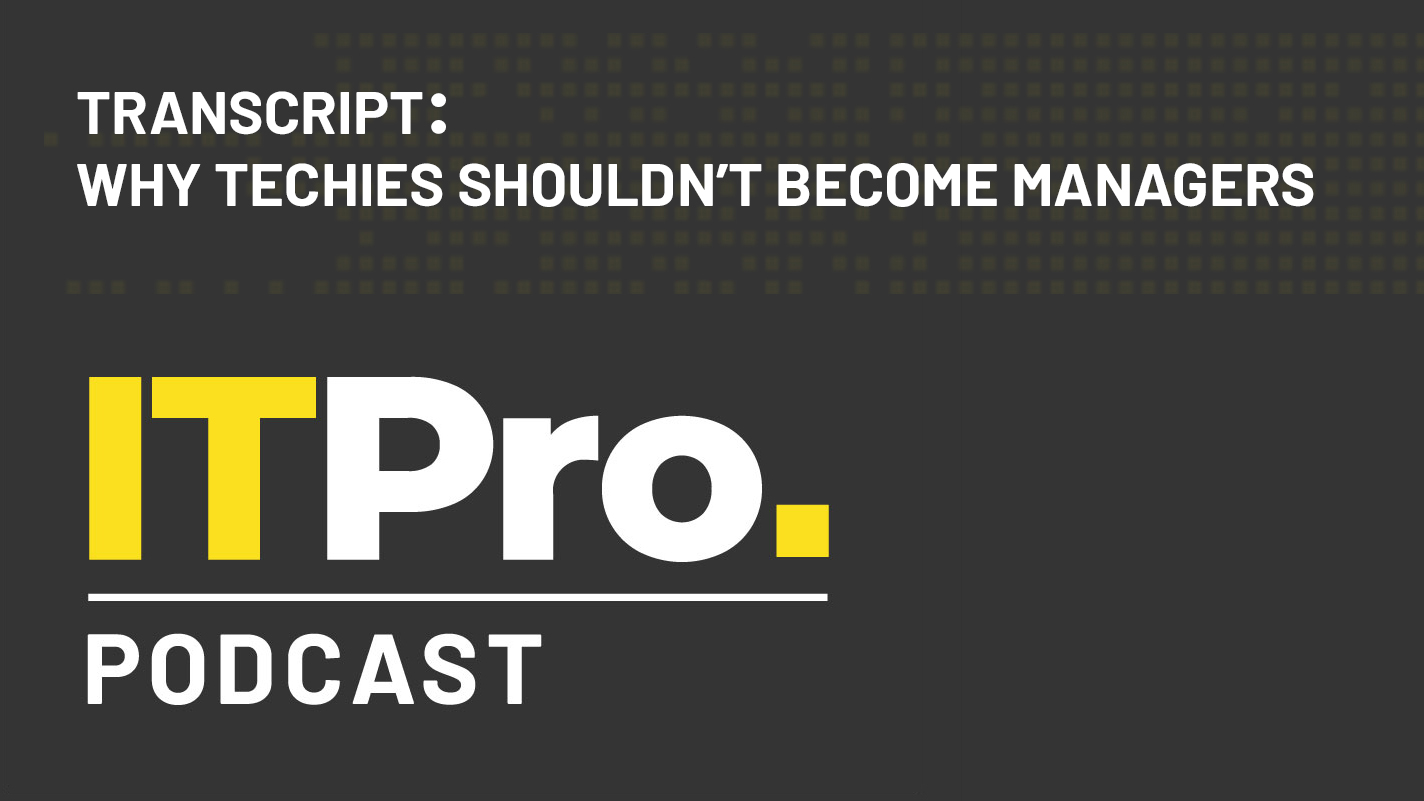 Podcast transcript: Why techies shouldn’t become managers
Podcast transcript: Why techies shouldn’t become managersIT Pro Podcast Read the full transcript for this episode of the IT Pro Podcast
By IT Pro
-
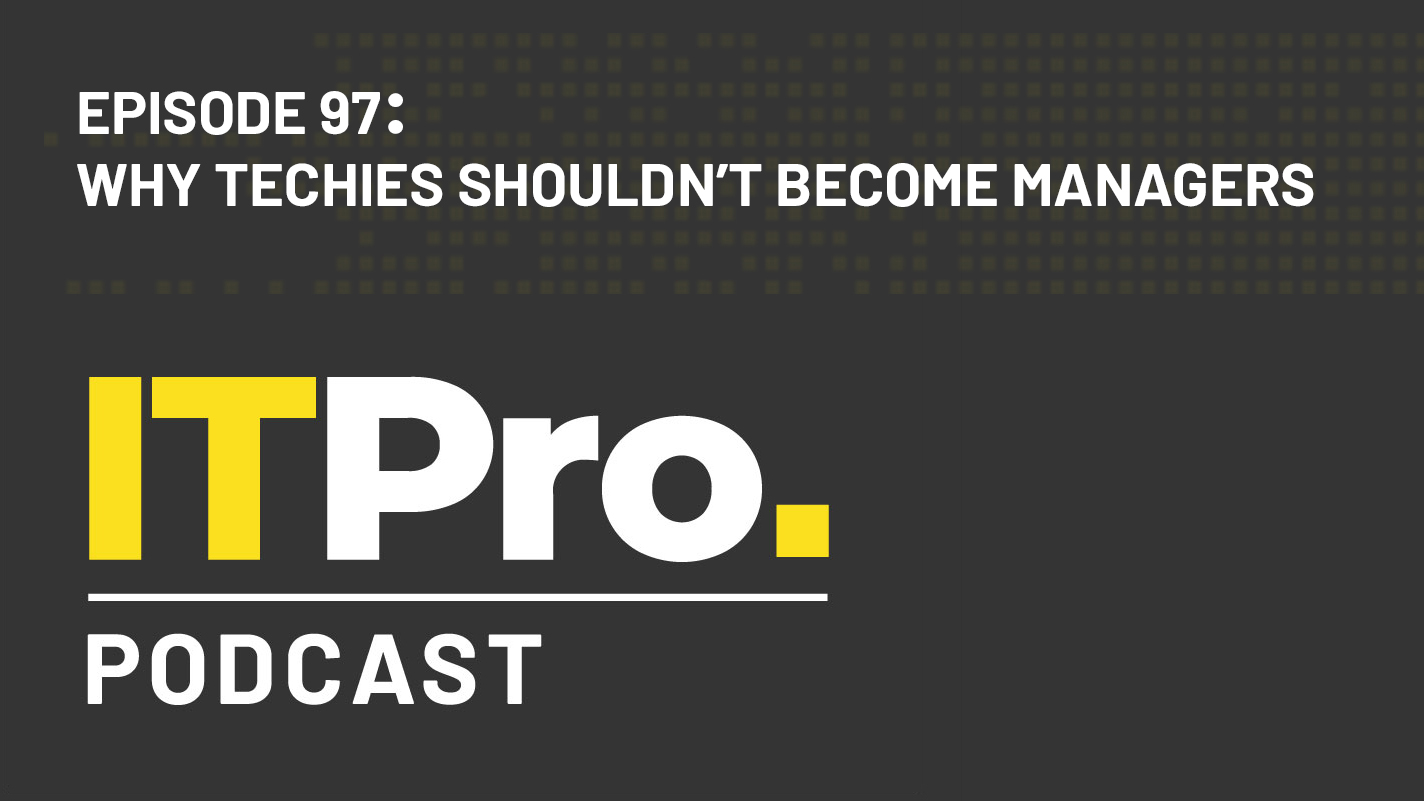 The IT Pro Podcast: Why techies shouldn’t become managers
The IT Pro Podcast: Why techies shouldn’t become managersIT Pro Podcast Managing people is a completely different skillset to managing technology - so why do we keep pushing people from one to the other?
By IT Pro